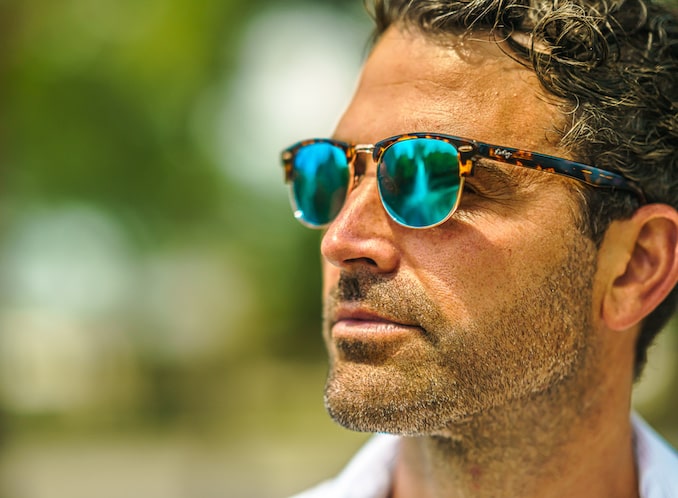Veterans Eyewear Through the Decades
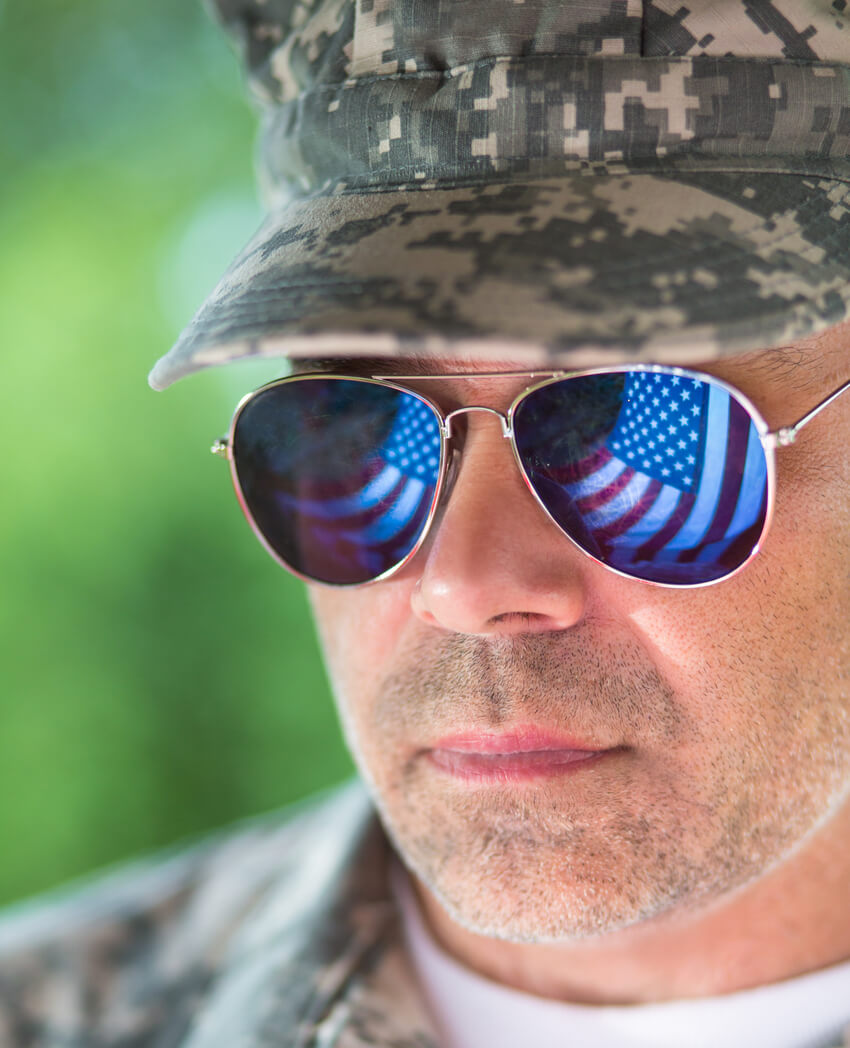
We recently celebrated Veterans Day on the 11th – a day to thank our nation’s past and present servicemen and women for their bravery and sacrifices made to keep us safe every day. They are also the motivation behind our goal to provide high quality, affordable glasses and sunglasses to the veteran and active military community, along with their families.
We are proud to offer a number of different eyewear brands to cater for all lifestyles and budgets. But where does popular veterans eyewear take its roots?
We’re taking a trip down memory lane to explore the humble beginnings of veteran eyewear: from aviator sunglasses to polaroid lenses.
Aviator Sunglasses: The Perfect Solution for Glare
It all began with the US Army Air Corps, who preceded the Air Force, and the struggles they experienced in the 20s and early 30s with shielding their eyes from direct bright sunlight when in high altitude. This often caused headaches, glare, and altitude sickness, so it was clear that a solution was needed to help them overcome these difficulties and enable them to steer their aircrafts safely, whilst protecting their eyes and enhancing their vision.
Enter US Army Air Corps Lieutenant General John Macready – who commissioned the optics company, Bausch & Lomb, to design a new sunglasses prototype with green lenses that would protect pilots’ eyes. So, some of the best aviator sunglasses of the time were born.
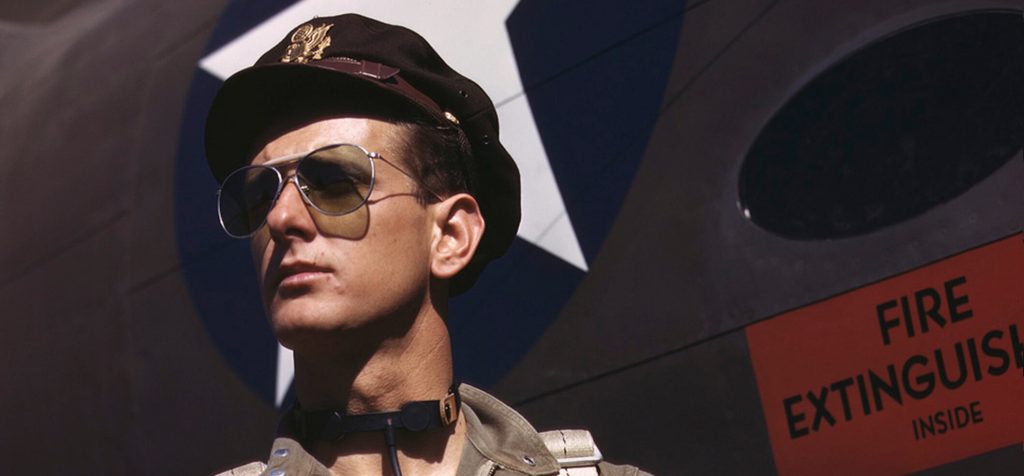
With thin metal frames made to absorb shock and handle turbulence and tear drop shaped lenses that covered the eyes completely to protect pilots from the sun’s bright rays, they didn’t need to worry about their vision being obscured anymore, making these sunglasses were deemed fit for purpose.
Soon after when World War II began and the US Air Force was founded, all personnel within this branch were issued with a pair of aviators. At this stage, the lens design was also enhanced to provide contrast for clear vision, with a gradient effect that went from dark to light so pilots could both see their instrument panels and navigate the skies with clarity. Many of you will probably be familiar with the image of General Douglas MacArthur, famously known for wearing aviators and popularizing them in 1944 when the US retook the Philippines!
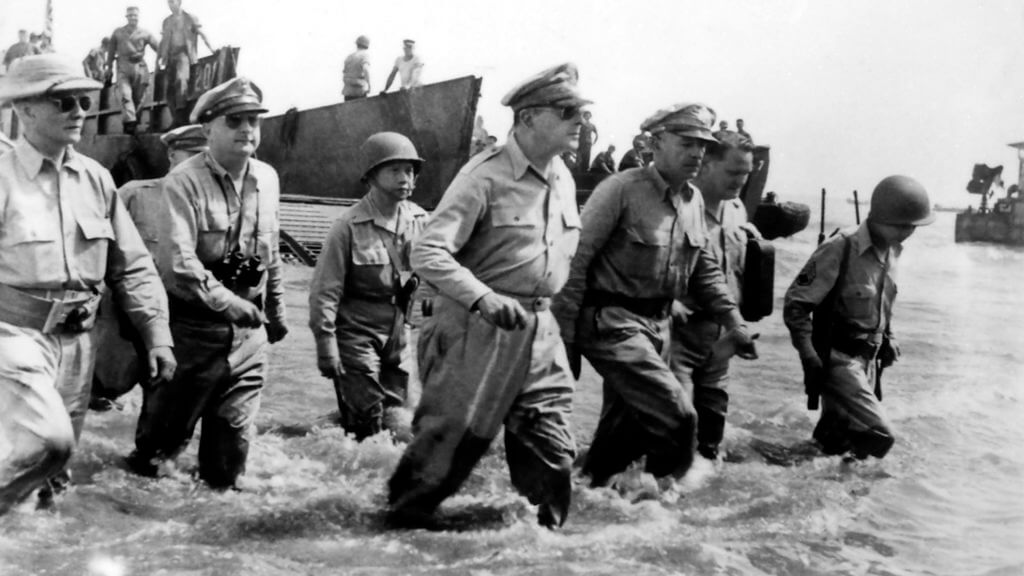
After the war ended, veterans held onto their aviator sunglasses, and Bausch & Lomb sold their creation on to Ray-Ban, a name derived in honour of the fact that they ‘banned’ the sun’s distracting rays from entering pilot’s eyes. It’s no wonder that women’s and men’s Ray-Ban aviator sunglasses went on to be a success among US civilians in 1937, and eventually across the world too – definitely an iconic and timeless style that has successfully stayed on-trend generation after generation.
Polaroid Lenses
We mentioned glare as an issue for pilots, but what exactly is it? Light from the sun travels in all directions, and when this is scattered on a horizontal surface, the light bounces off it straight into our eyes. This is called glare, which reduces visibility and can even temporarily blind you.
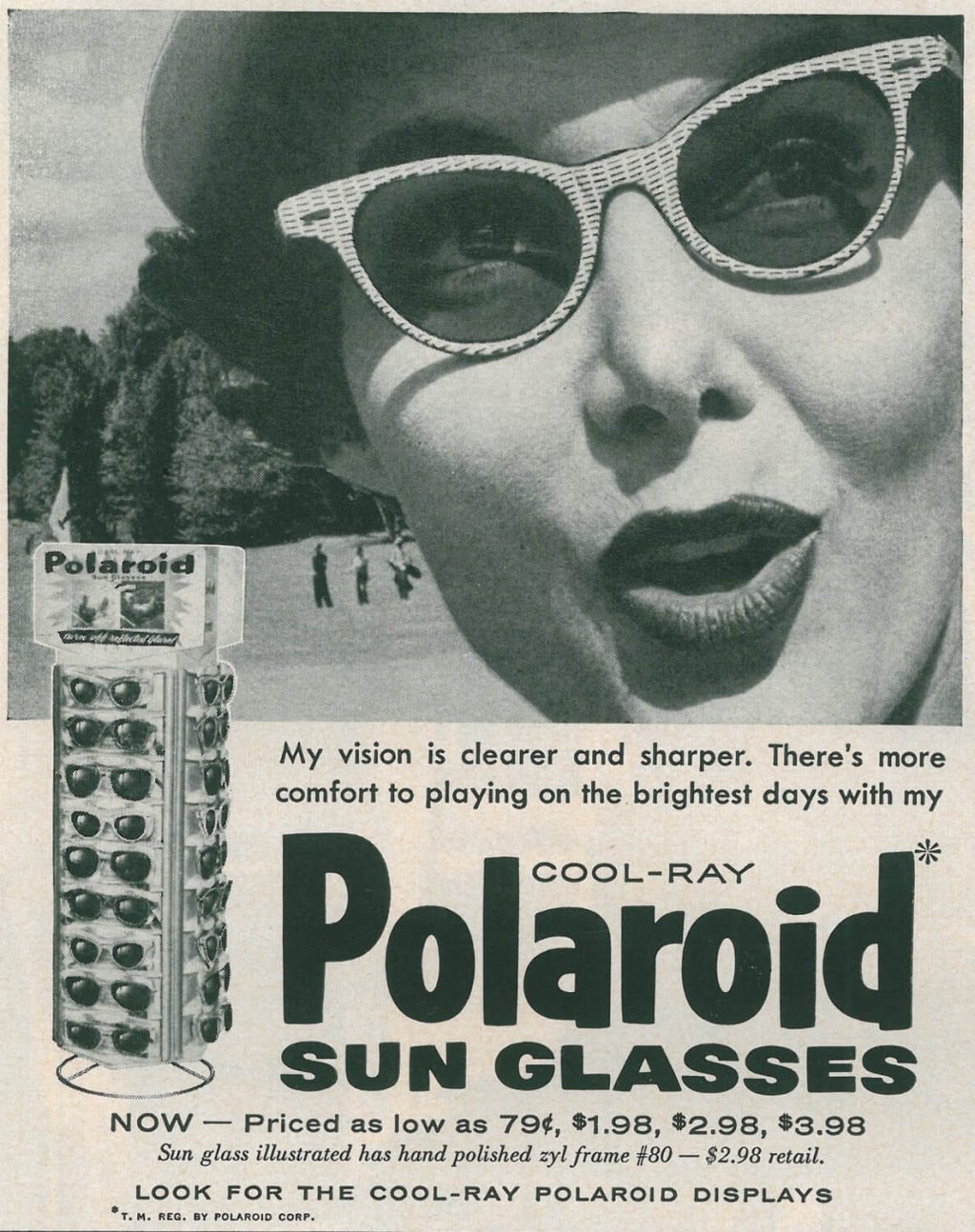
So, how are Polaroid lenses connected to glare? Polaroid material was invented in the 1930s in Massachusetts by Edwin Land, who negotiated with the American Optical Company in 1935 to produce sunglasses which had a polarizing filter on the lenses to block out horizontal glare, rather than just darkening the wearers surroundings.
Polaroid Day Glasses were the first sunglasses made with this technology, and led to the company securing various contracts for the US Armed Forces during World War II and served as the first inspiration for all subsequent eyewear with polarized lens technology that has been developed since.
Polarized sunglasses not only helped the military, but also became incredibly popular with veterans and the general public, protecting their eyes from glare, preventing eye strain and providing crystal clear vision whether driving, playing sports like golf, cycling, or simply enjoying a vacation in the sun. As lens designs have progressed, so have polarized lenses, with 100% UV protection now included as a standard feature too.
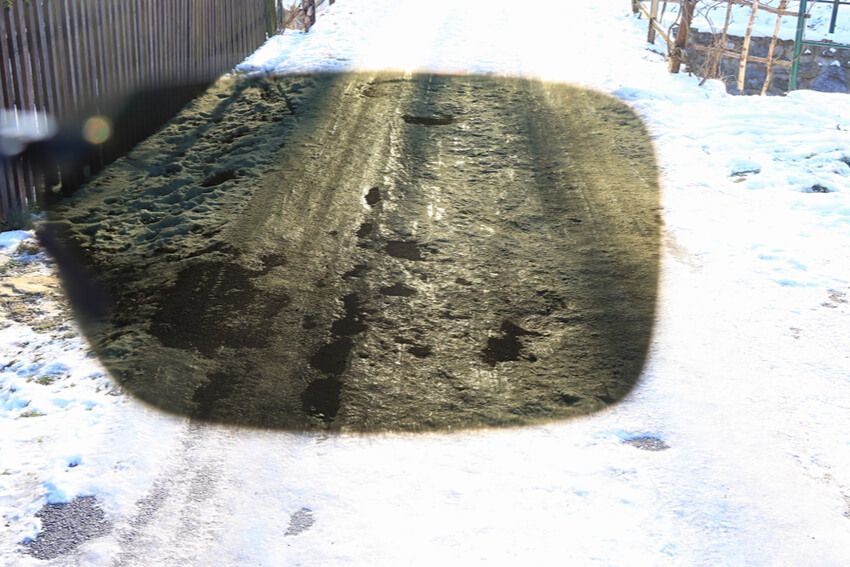
Style and Innovation Made to Withstand the Test of Time
Both aviators and polarized lenses are testament to the fact that classic styles and progressive innovation can withstand the test of time. We are proud to offer Ray-Ban sunglasses, non-prescription and prescription aviator sunglasses, and polarized lens options for all frames supplied on our website for veterans, active military and their families. Browse our collections now and feel free to contact us if you have any questions!


